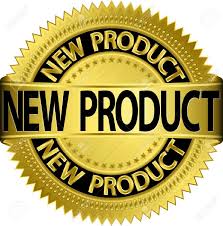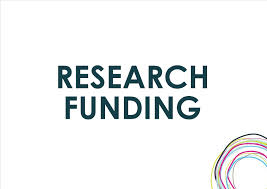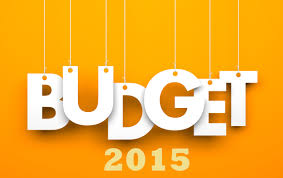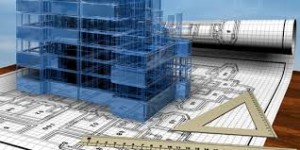The Scientific Research and Experimental Development (SR&ED) tax credit is a great source of  R&D funding for companies in Canada. However, what is considered “innovation” according to the Canada Revenue Agency is often misunderstood. This misunderstanding can be very costly for companies, as attempting to claim projects that are not eligible can cause them to give up on subsequent projects that are eligible.
R&D funding for companies in Canada. However, what is considered “innovation” according to the Canada Revenue Agency is often misunderstood. This misunderstanding can be very costly for companies, as attempting to claim projects that are not eligible can cause them to give up on subsequent projects that are eligible.
The Canada Revenue Agency is clear in its SR&ED eligibility requirements that a new product is  not necessarily considered SR&ED. In fact SR&ED is not fundamentally about new products. It is fundamentally about achieving technological advancement. To quote the CRA: “novelty, innovation, uniqueness, feature enhancement, or increased functionality alone does not represent or establish technological advancement.”
not necessarily considered SR&ED. In fact SR&ED is not fundamentally about new products. It is fundamentally about achieving technological advancement. To quote the CRA: “novelty, innovation, uniqueness, feature enhancement, or increased functionality alone does not represent or establish technological advancement.”
If technological advancement is key to claiming SR&ED, what does it look like?
New products which require technological advancement to create them would hit the mark and meet the CRA’s SR&ED requirements. This means that when a new or improved material, device, product, or process is created, it must demonstrate technological advancement.
To prove this, “the advances in technology that are being sought should be distinguishable from the benefits of the new or improved material, device, product, or process.” The CRA will look for, “technological advancement (that) moves the technology base or level of a company to a higher level through an increase in the understanding of technology”.
In other words, a SR&ED project is one that adds technological knowledge to the organization – in the form of principles, techniques or concepts which were previously unattainable.
So the factors that companies often mistake for “innovation” in regard to the SR&ED interpretation of it, are not guiding principles. Even the success or failure of the work is not relevant to its eligibility for SR&ED. For SR&ED innovation, technological advancement is the true litmus test.
A new product SR&ED example
In its draft document providing guiding examples of SR&ED, the CRA gave the following example, paraphrased here, of a how a new product may or may not be eligible for SR&ED.
The example takes the case of a company which makes a carrot peeler with a glow-in-the-dark handle, which is a new product, but doesn’t challenge any technological uncertainty. When the company redesigns the handle, however, to improve ease of use, it has to experiment with manufacturing processes using new plastics. The experimentation with new materials and manufacturing processes to create the desired outcome proves to qualify as technological advancement and hence qualifies as SR&ED.
About Enhanced Capital Recovery
Enhanced Capital Recovery is an industry leading SR&ED consulting firm. Our goal is to assist companies to truly understand what SR&ED is, what areas in your organization may be eligible under the program, and then assist you through the entire process.
Please contact us for a free, no obligation consultation today!











